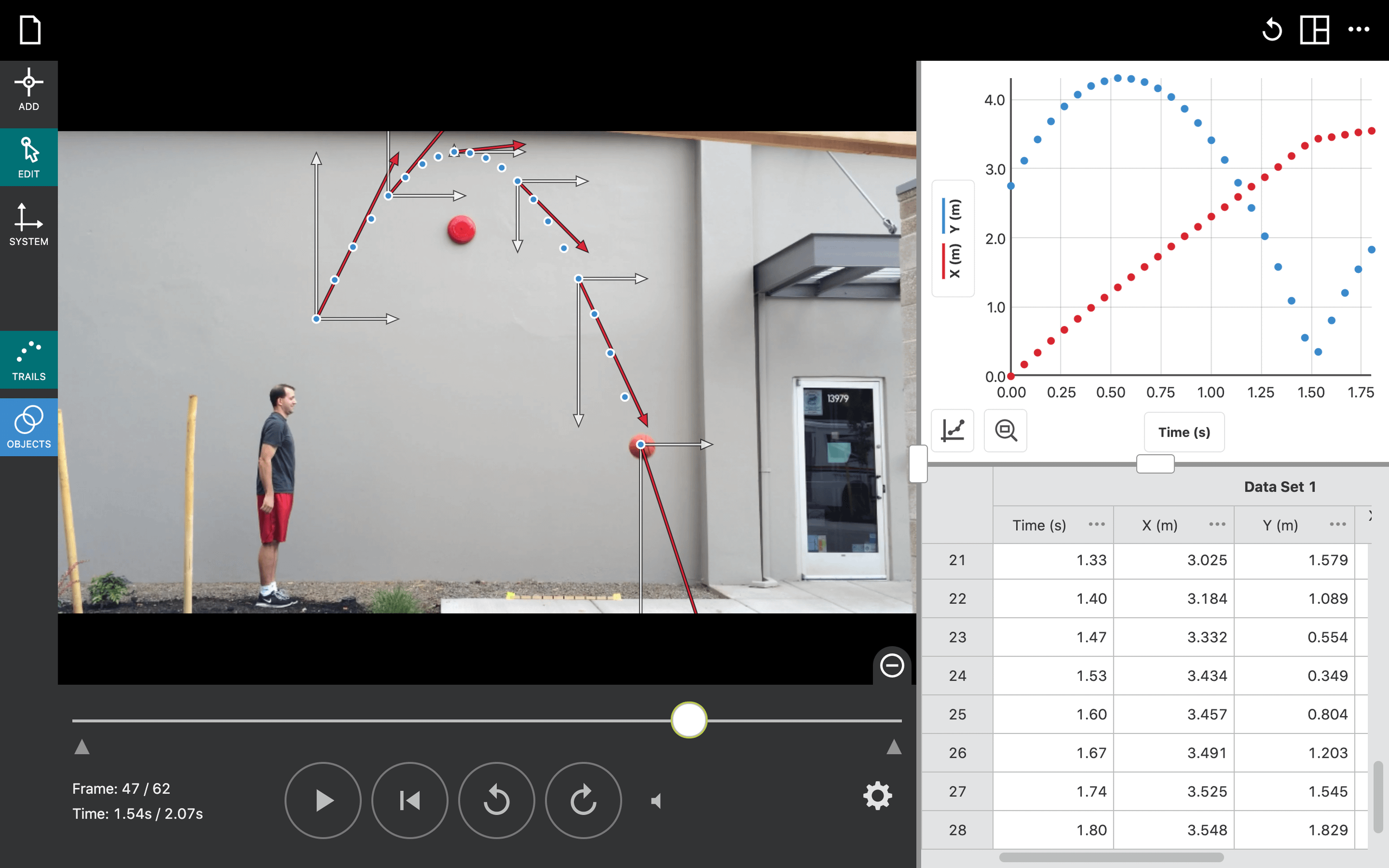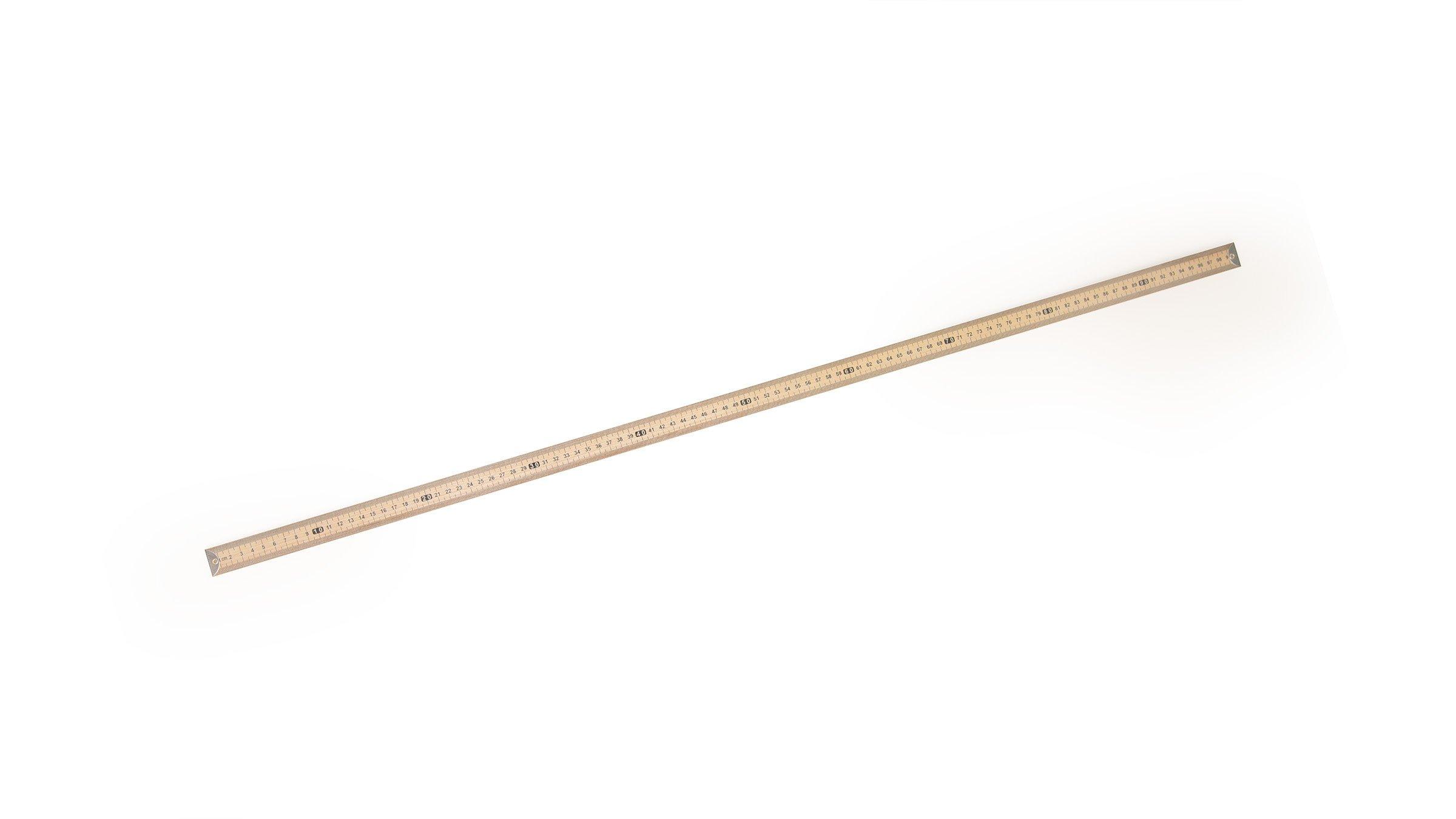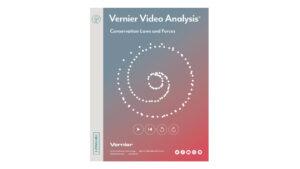Pendulum to Projectile
Experiment #6 from Vernier Video Analysis: Conservation Laws and Forces
- Subject
- Physics
Introduction
Have you ever jumped out of a playground swing to launch yourself into freefall? To experience the greatest amount of freefall, you need to be swinging as high as possible. While you are swinging, your body is moving somewhat like a pendulum and your energy is transitioning from potential to kinetic to potential as you reach an apex and then switch directions. When you launch yourself out of the swing, your motion becomes like that of a projectile and you experience a few wonderful moments of freefall. You have done a lot of work (added energy to the system) to get the swing moving. And then you get to take that energy you have built up and launch yourself up and out!
For this activity, you will study the transition from rotational to projectile motion for a slightly simpler system. In this system, a swinging pendulum bob (a ball) has its supporting string cut, launching the ball into projectile motion. Using a video of this motion, you will analyze the energy transformation of the pendulum to predict how far the mass will travel once the string is cut.
Objectives
- Use video analysis techniques to obtain position, velocity, and time data for a ball that transitions from pendulum motion to projectile motion.
- Determine appropriate calculations for projectile motion and use these to predict where the ball will land.
- Evaluate the energy profile of the ball in pendulum motion and projectile motion.
Sensors and Equipment
This experiment features the following sensors and equipment. Additional equipment may be required.
Ready to Experiment?
Ask an Expert
Get answers to your questions about how to teach this experiment with our support team.
- Call toll-free: 888-837-6437
- Chat with Us
- Email support@vernier.com
Purchase the Lab Book
This experiment is #6 of Vernier Video Analysis: Conservation Laws and Forces. The experiment in the book includes student instructions as well as instructor information for set up, helpful hints, and sample graphs and data.



